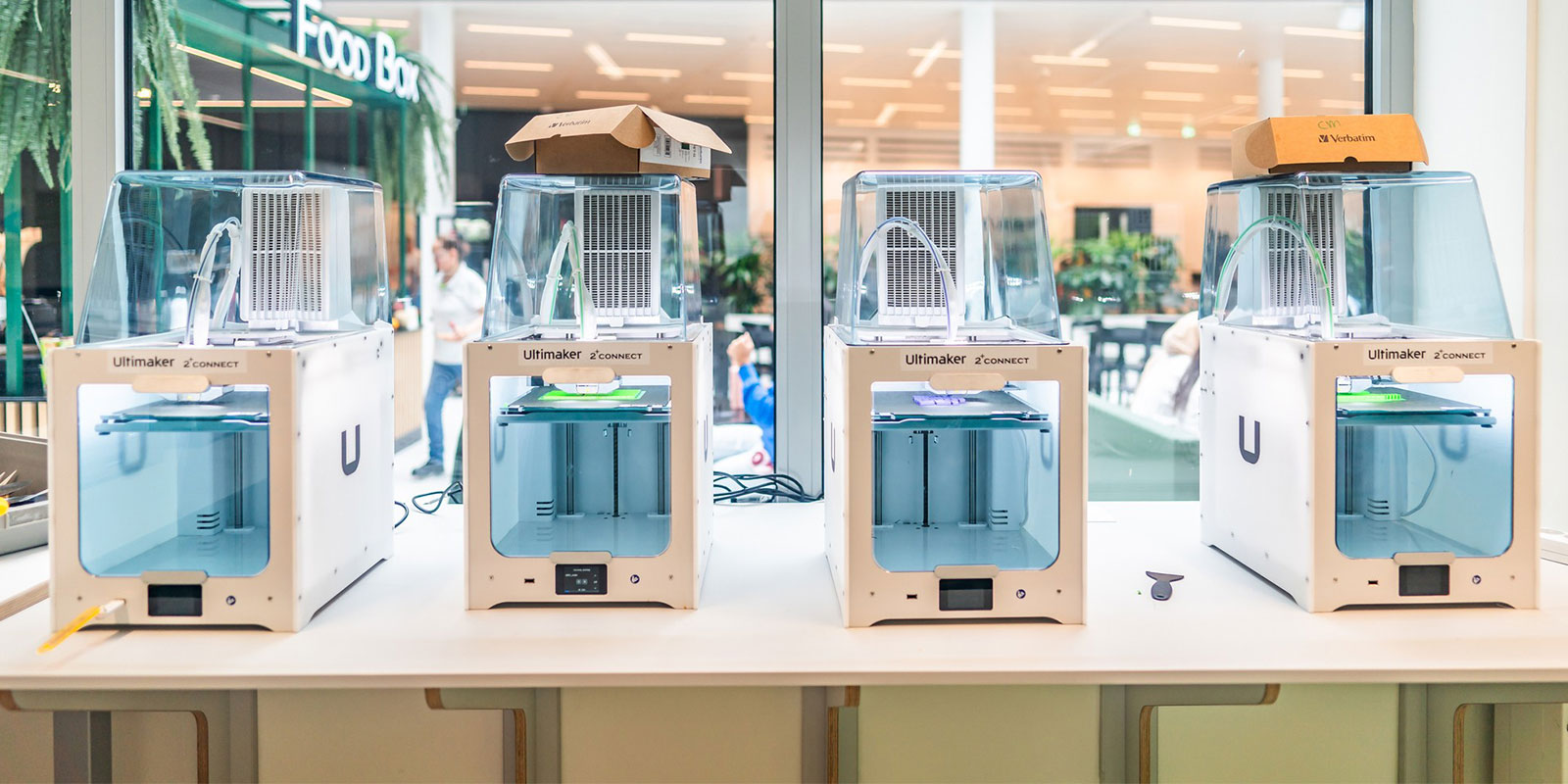Get to know speculative design and design a provocative campaign.
This is an example how to document your workshop. This is the Speculative Design Workshop made by Tessa Duzee and part of the Ethiek Toolkit
What are you going to learn?
If you want the future to look radically different, it is time to do something radically different in the present. And you can do that with speculative design, a form of critical design. You design future products or scenarios, with the aim of putting a social issue on the map, in order to ultimately change something in the system.
Speculative design is therefore not functional, but works on people’s emotions and is usually provocative in nature. It requires a different mindset than designing a practical product – more creative and more out of the box – and a vivid imagination about the future.
In this work form, we will look at various examples of speculative design and then get to work with them ourselves. Our students are masters in visualizing their ideas. They can handle design tools like no other and master the art of storytelling. This makes them the ideal group to design a provocative campaign. But before they can do this, they must of course know exactly what their message is, which issue they are going to put on the map and who they want to reach with it.
What?
Didactics
- Competence: Ethical creativity
- Theme: Future
- Learning objective: Devise a provocative campaign with the aim of highlighting a social issue.
Who, where, how long
- Number of students: between 5 and 30 students
- Location: Standard room
- Time: 50 – 75 minutes
(10 – 15 minutes per step)
Prepare and bring
- A3 sheets of paper
- Markers
Want to know more about this topic?
Book
Future Ethics (2020) by Cennydd Bowles
Information at:
https://cennydd.com/future-ethics
Articles
-
The basics you need to know & understand about speculative design (2023) by Pradipto Chakrabarty via UX Planet on Medium:
-
Design fiction: real solutions, unreal problems (2020) by Josie Thaddeus-Johns for The New York Times:
-
Glimpses of future design in Black Mirror (2019) by Shirin Khara on Medium:
-
Ethical design fiction, between storytelling and worldbuilding (2017) by Thessa Jensen & Peter Vistisen in ORBIT Journal via Research Gate:
Site
Provocatypes, a research method for a bright future by Irene Kamp:
How?
Step 1 - introduction
Explain to the students the why and what you’re going to learn of this exercise.
Step 2 - brainstorm
Give different examples of speculative design, for example from Behance:
Ask the students if they know the Netflix series Black Mirror, a beautiful example of speculative design about different futures in which humans, in different ways, have gone too far with technology. Ask the students if they know any examples.
Explain that speculative design is usually about the relationship between humans, science and technology. It is often about a nightmare vision of the future of what the world will look like if we continue as we are now. This can be about climate change, technology, inequality between people, etc.
Ask students to form groups of up to 5 people and hand out paper and markers. Tell them that they are being tasked with designing a provocative social media campaign on a topic related to platforms and technology. They are free to choose a topic.
Therefore, let them first brainstorm about the consequences of the digital society that they already see (think of smartphone addiction, the rapid development of AI, an unrealistic self-image due to perfect pictures and filters, being able to talk to each other better online than in real life, environmental pollution due to platforms, etc.).
Finally, ask students to choose a topic and write it on their sheet.
Step 3 - future vision
Now that students have chosen a topic, it’s time to start fantasizing about the future. Ask them to think about what the problem will look like in 10, 20, or even 50 years.
Encourage students to use their imaginations. That’s the beauty of this assignment, the outcome doesn’t have to be realistic. Ask students to write or draw different ideas for their campaign on a piece of paper.
You can give them a tip that they can look at best practices. You can find many beautiful examples if you search for speculative design. You can also give them a tip that they can look at what trend watchers or futurists predict for the future.
Have the students think about what future vision they want to portray for their campaign.
Step 4 - campaign
Now it is time to work out the campaign idea in the form of one or more images. Ask the students to really put something together digitally. The form is free. It can be an image and a text, but also a mood board that shows the desired atmosphere.
Also ask them to write down in a sentence what their campaign is about.
Step 5 - presentation
In the final phase of the assignment, all groups present their (initiative of a) provocative campaign. Give each group a short time to present and explain their idea. Give the other students the opportunity to respond to it. Help them by asking questions such as:
- Does the message get across?
- Is the idea shocking enough to make an impression? Would you share it if you came across it online?
- Is the future image imaginable?
Finally, ask what the students will take with them from the assignment in their future work.
